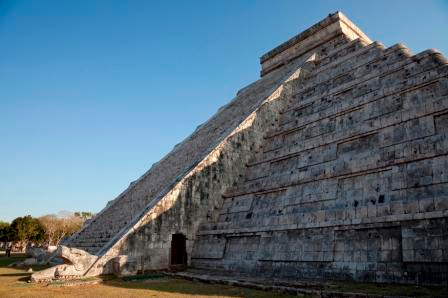Whether you’re young and looking for an adventure, or traveling with a family, Las Vegas is a great Spring Break destination.
Let’s take a look at some of the places everyone should have on their list to see when they make a trip to Sin City.
Welcome to Last Vegas Sign
Perhaps the most recognized feature of Las Vegas, the flashing sign welcoming visitors to Las Vegas was funded in 1959, at perhaps the heyday of Vegas glamor and glitz. These days, it’s a familiar, retro greeting for everyone who tour the Strip, the area jam packed with casinos, restaurants, party venues, and entertainment for all ages. Day or night, the party’s going on, and it’s the perfect photo op to announce your arrival!
The Venetian Casino and Resort
If you want to see a great music concert, check out the Venetian! Christina Aguilera will be there for two weeks in April, followed by Kylie Minogue, who regularly performs at the resort.
The hotel and casino is just as amazing, often making lists of best resorts and casinos in the US. Its theme hearkens back to the height of the Venetian empire, with a recreation of the Rialto Bridge, the Doge’s Palace, and other famous landmarks from the powerful empire of the Middle Ages.
The Bellagio
The Bellagio is one of Vegas’s most famous luxury resorts, created in the style of an Italian village, complete with classical-styled sculpture and design, high-end art galleries, breathtaking botanical gardens, and more.
Perhaps the most famous attraction at the Bellagio are the impressive fountains, which perform free water shows choreographed with music and lighting to entertain the crowds. Designed as the focal point in an 8.5 acre man-made lake in the center of the Las Vegas desert, they are certainly impressive. In fact, they are considered one of the most talked-about attractions in the city by people around the world!
Eiffel Tower and Paris Hotel
The Paris Hotel is an awesome spectacle, and a lot more affordable! It was designed with the average, not high-end, visitor, in mind. But they did not skimp on awesome Parisian features. The biggest draw is the replica Eiffel Tower, which rises about 550 feet in the air. Only 1/3 as big as the original, it’s still impressive against the Las Vegas skyline.
Other replicas on the site include the Arc de Triomphe, Louvre museum, and Paris Opera House. It’s “almost” like going to France, without crossing an ocean or needing a passport.
Luxor Las Vegas
The Luxor Hotel goes all the way to another famous desert for its theme: the deserts of ancient Egypt, and the pyramids of Giza. Some years, the hotel hosts more visitors than the city on which it’s modeled! Its centerpiece is a massive pyramid, which is the actual hotel. At the top of the pyramid is a giant light called the Luxor Sky Beam, the most powerful man-made light in the world.
Like other hotels, it also has lots of entertainment, beyond cool hotel rooms and casinos. It is also known for the expansive and educational Titanic exhibit, that still impresses visitors with artifacts and historical details in a museum dedicated to the ocean, that seems a little out of place in the desert.
The Mob Museum
Branching out a bit from the Strip and resorts, the National Museum of Organized Crime and Law Enforcement, better known as the Mob Museum, is a really cool museum dedicated to telling the story of organized crime, and the law enforcement agents who fight that crime.
Some people don’t know this, but Las Vegas has deep ties to organized crime and mob bosses, which makes sense with all the gambling and other activities you can do there. While the connections have eased up considerably over the years, the history is colorful, and the museum is a great place to learn about law enforcement over the years in the US, and see some really cool exhibits about the most famous, and notorious, characters, in organized crime.
Hoover Dam
If you’re looking to spend some time enjoying the region’s climate and scenery, you should check out Hoover Dam. The dam, blocking the Colorado River on the border between Las Vegas and Arizona, generates power for California, Nevada, and Arizona, for more than 1.25 million people.
It also generates water for crops and cities and towns in the area, coming off of Lake Mead, the man-made lake created as a result of the dam. Tourists can tour different parts of the dam, can check out the structure from the bridge at the top of the dam, or participate in water activities on Lake Mead. It’s less than an hour away from Sin City, but it feels like a completely different world.
If you have the chance to tour Las Vegas, springtime is a great time to go; it’s not too hot, and there’s so much going on to keep you entertained. And if you can’t make it, this list will keep you almost as entertained.













































































